Welcome to LearnAIMind, your comprehensive guide to Artificial Intelligence (AI) and Machine Learning (ML). Our mission is to make AI practical and accessible to everyone — students, professionals, or enthusiasts who want to learn AI step by step.
This guide will provide you with a structured AI roadmap, hands-on projects, tool comparisons, weekly learning plans, troubleshooting tips, and real-world examples to help you succeed.
🧠 What Is Artificial Intelligence and Machine Learning?
AI is the science of teaching machines to perform tasks that typically require human intelligence. These include image recognition, language understanding, predictions, and decision-making.
Machine Learning is a subset of AI that enables systems to learn from data without explicit programming. In other words, ML allows a model to improve its performance as it processes more data.
Practical Examples of AI and ML:
- Netflix recommending shows tailored to your viewing habits
- Chatbots responding intelligently to customer queries
- Self-driving cars detecting obstacles and traffic patterns
- Fraud detection systems analyzing transactions in real-time
🔍 Difference Between Artificial Intelligence and Machine Learning
| Feature | Artificial Intelligence (AI) | Machine Learning (ML) |
|---|---|---|
| Definition | A broad concept of creating intelligent machines | A subset of AI focused on learning from data |
| Goal | Simulate human intelligence | Enable systems to learn and improve automatically |
| Approach | Includes reasoning, planning, and problem-solving | Uses algorithms and statistical models |
| Output | Decision-making and automation | Predictions and data classifications |
For a detailed introduction, check IBM’s AI guide.
💡 Why Learn AI and ML?
AI is transforming industries globally, making knowledge in this field extremely valuable. According to LinkedIn 2025 AI Jobs Report, AI and ML roles are among the fastest-growing and highest-paid positions.
Key Benefits of Learning AI:
- High-paying and in-demand career opportunities
- Creativity in building chatbots, predictive analytics, smart assistants, or generative AI applications
- Applicability across industries including healthcare, finance, marketing, robotics, and more
- Future-proofing your skills as automation reshapes the job market
Mastering AI equips you to participate in technological innovation and stay ahead in the job market.
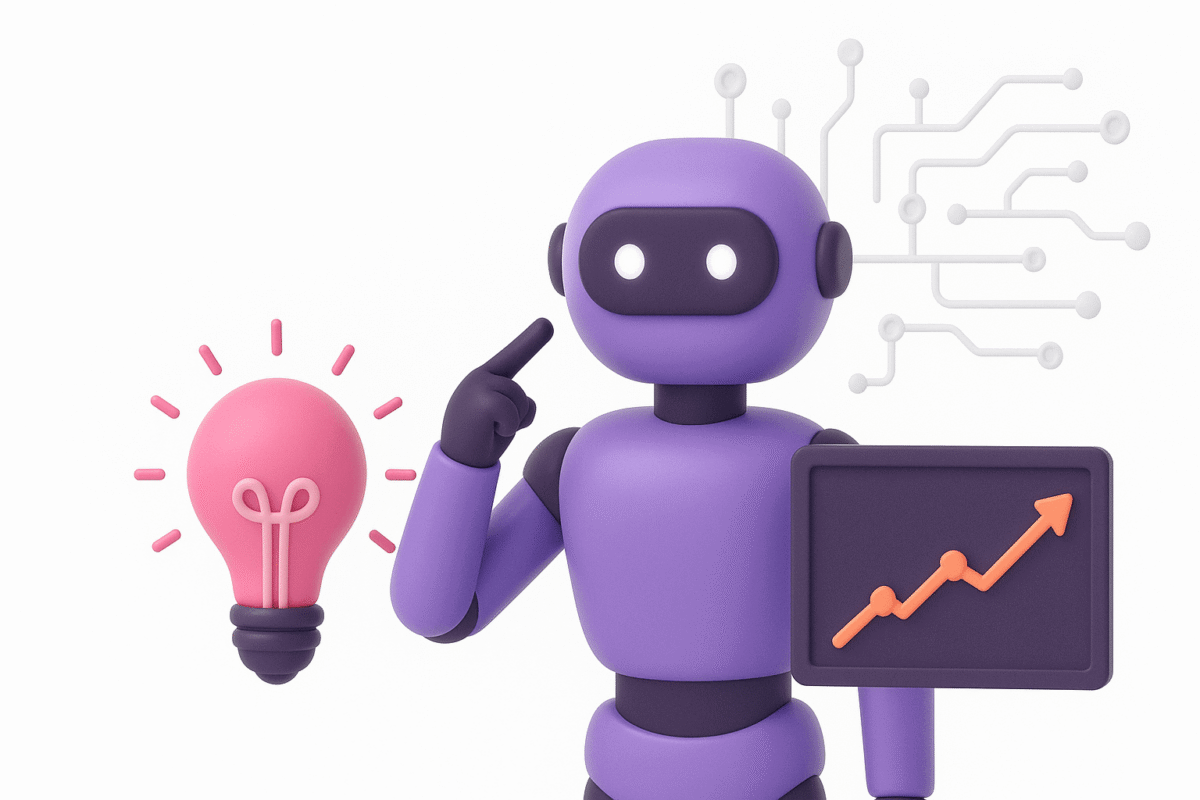
🛣️ Beginner’s AI Roadmap
This roadmap breaks your learning into manageable steps. No prior experience or advanced math is required — just curiosity, consistency, and practice.
Step 1: Learn Basic Programming (Python First!)
Python is the primary programming language in AI because of its simplicity and rich ecosystem of libraries. Begin by learning:
- Variables, loops, functions, and data structures
- Using Jupyter Notebook or Google Colab for experiments
- Small scripts, like analyzing CSV files or automating repetitive tasks
Recommended Course: Python for Everybody on Coursera
Practical Tip: Code daily, even 30 minutes a day. Real coding practice is more effective than just watching tutorials.
Example Mini-Project: Automate renaming multiple files in a folder, or analyze a CSV containing sales data to find the top-selling products.
Step 2: Understand the Math Behind Machine Learning
Math is essential for understanding how AI models work under the hood. Focus on:
- Linear Algebra: Vectors, matrices, dot products, eigenvalues
- Statistics & Probability: Mean, variance, conditional probability, distributions
- Basic Calculus: Derivatives and gradients for optimization
Practical Tip: Implement math concepts in Python. For example, code matrix multiplication or plot probability distributions using NumPy and Matplotlib. Resources like Khan Academy are excellent for beginners.
Why This Matters: Understanding the math allows you to choose appropriate models, fine-tune hyperparameters, and troubleshoot effectively.
Step 3: Learn Data Handling and Visualization
Data is the foundation of AI. You should learn how to:
- Clean and manipulate datasets using Pandas
- Perform numerical computations using NumPy
- Visualize insights with Matplotlib and Seaborn
Practice: Explore open datasets on Kaggle or UCI Machine Learning Repository. Start small, then gradually work with larger, real-world datasets.
Example Mini-Project: Analyze a dataset of customer transactions to find spending patterns. Use graphs to visualize which products sell best in different seasons.
Troubleshooting Tips: Always check for missing or corrupted data, handle outliers, and normalize features before training models. Visualization helps identify these issues.
Step 4: Core Machine Learning Algorithms
Machine learning consists of supervised and unsupervised learning.
Supervised Learning: Train with labeled data. Examples:
- Predicting house prices (Regression)
- Classifying emails as spam (Classification)
Algorithms: Linear Regression, Decision Trees, Random Forests, Support Vector Machines
Unsupervised Learning: Discover patterns without labels. Examples:
- Customer segmentation
- Anomaly detection
Algorithms: K-Means Clustering, Principal Component Analysis (PCA)
Practical Tip: Split data into training and testing sets to avoid overfitting. Evaluate models using accuracy, precision, recall, and F1 score.
Troubleshooting Example: If a model predicts poorly, check for unbalanced classes, missing data, or unscaled features.
Step 5: Deep Learning (Neural Networks)
Deep learning handles complex tasks like image recognition, natural language processing, and generative AI. Key concepts include:
- Artificial Neural Networks (ANN)
- Convolutional Neural Networks (CNN) for images
- Recurrent Neural Networks (RNN) for sequences
- Transformers for language models
Starter Project: Build a handwritten digit recognizer with the MNIST dataset. Tutorials: TensorFlow, PyTorch
Example Real-World Project: Train a CNN to classify images of cats vs dogs. Steps include preprocessing images, building the CNN, training, and evaluating performance. Track accuracy and loss during training.
Practical Tip: Start small, scale complexity gradually, and keep a detailed log of experiments.
Step 6: Build Real Projects
Projects consolidate learning and demonstrate practical skills. Examples for beginners:
- Spam Email Classifier: Use NLP to detect spam.
- Movie Recommendation System: Collaborative filtering to suggest films.
- Stock Price Predictor: Regression on historical stock data.
- Image Classifier: Cats vs Dogs with CNN.
- Simple Chatbot: Answer FAQs using basic NLP techniques.
Pro Tip: Document projects in GitHub, including methodology, dataset details, and results. This acts as your portfolio and proof of practical skills.
Troubleshooting Tips:
- Overfitting: Use regularization or dropout
- Underfitting: Increase model complexity
- Data issues: Clean, normalize, or augment datasets
Step 7: Explore Specialized AI Fields
Advanced domains include:
- Natural Language Processing (NLP): Sentiment analysis, translation, chatbots
- Computer Vision: Object detection, facial recognition
- Reinforcement Learning: Game AI, robotics control
- Generative AI: Text, art, music generation
Hands-on Exercises: Google ML Crash Course
Example Industrial Application: NLP can be used to analyze customer reviews for product improvement. Computer Vision helps detect defects in manufacturing lines.
Step 8: Join the AI Community
Engaging with AI communities accelerates learning:
- Kaggle — competitions and datasets
- Reddit r/MachineLearning — discussions and news
- LinkedIn AI groups — networking
Sharing your work, participating in discussions, and learning from peers builds confidence and motivation.
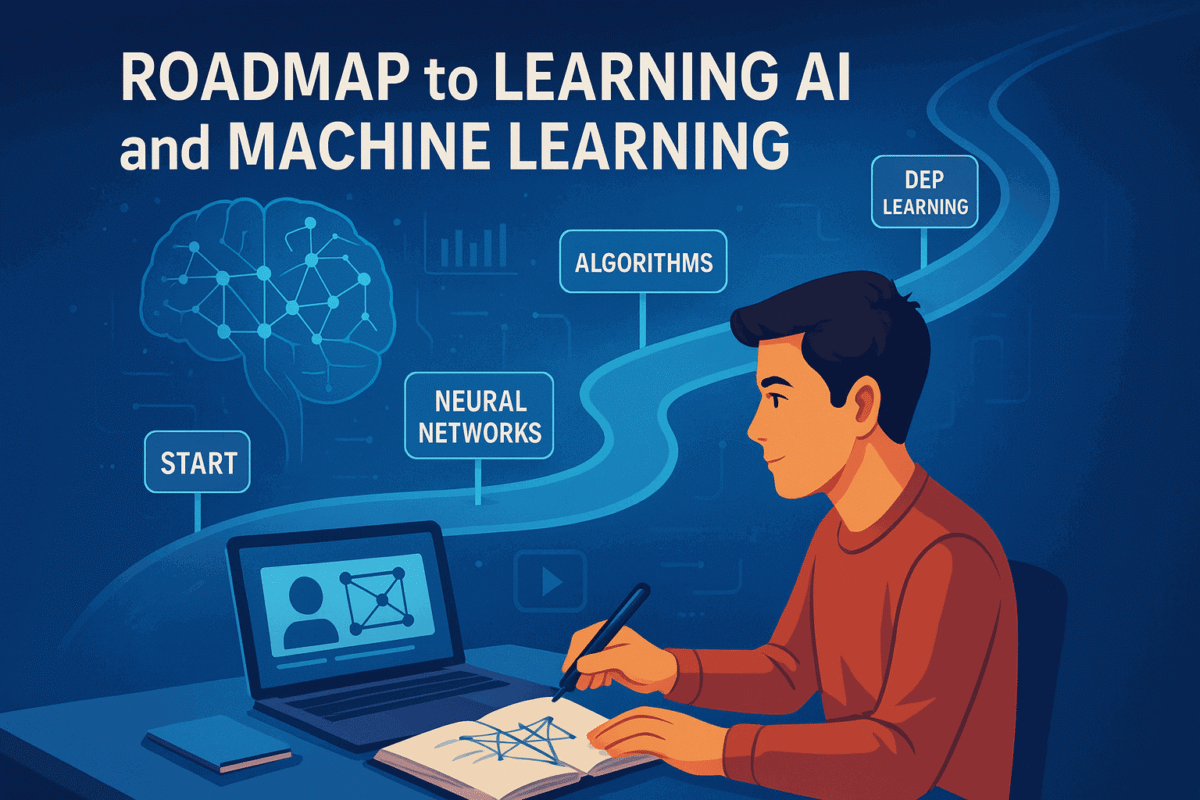
🛠️ Essential Tools for AI and ML Development
1. TensorFlow
TensorFlow, developed by Google Brain, is one of the most popular open-source AI frameworks.
It provides a flexible ecosystem for building, training, and deploying deep learning models at scale.
Best For: Deep learning projects, neural networks, computer vision, and NLP tasks.
🔥 2. PyTorch
Developed by Facebook’s AI Research Lab, PyTorch is known for its ease of use, dynamic computation graphs, and strong community support.
Best For: Academic research, reinforcement learning
📊 3. Scikit-learn
Scikit-learn is a powerful Python library for machine learning that focuses on data preprocessing, classification, regression, and clustering.
Best For: Traditional ML models and small-to-medium-scale data analysis.
🧩 4. Keras
Keras is a high-level neural network API built on top of TensorFlow.
It enables developers to build deep learning models quickly and intuitively.
Best For: Quick experimentation and rapid model prototyping.
💻 5. Jupyter Notebook
Jupyter Notebook is an interactive development environment that lets you write and execute code, visualize data, and document your workflow — all in one place.
Best For: Data analysis, visualization, and sharing reproducible research.
☁️ 6. Google Colab
Google Colab provides a free cloud-based platform to run Python notebooks with access to GPUs and TPUs — no installation needed.
Best For: Students, beginners, and developers who need free computing resources.
| Category | Tools | Notes |
|---|---|---|
| Programming | Python | Widely used in AI |
| Data Handling | NumPy, Pandas | Efficient numerical and tabular operations |
| Visualization | Matplotlib, Seaborn | Data trends and insights |
| Machine Learning | Scikit-learn | Supervised & unsupervised ML |
| Deep Learning | TensorFlow, PyTorch | ANN, CNN, RNN, Transformers |
| Hosting | Google Colab, Kaggle | Free cloud resources |
| Version Control | Git, GitHub | Collaboration and versioning |
Tool Comparison Tip: TensorFlow is production-oriented; PyTorch is more flexible for research. Pandas is ideal for tabular data, NumPy for numerical arrays.
📅 Suggested Weekly Study Plan
| Week | Focus Area | Practical Output |
|---|---|---|
| 1-2 | Python fundamentals | Small scripts, automations |
| 3-4 | Math foundations | Linear algebra & stats notebooks |
| 5-6 | Data handling & visualization | Clean datasets, plots |
| 7-9 | Core ML algorithms | Regression & classification projects |
| 10-12 | Deep Learning | Neural network models, MNIST classifier |
| 13+ | Real projects & portfolio | GitHub repository, mini portfolio, Kaggle participation |
💼 Career Opportunities in AI
AI roles are in high demand: Machine Learning Engineer, Data Scientist, NLP Engineer, AI Product Manager. Average U.S. salaries: $100K–$160K+.
Explore current openings: Indeed AI & ML Jobs.
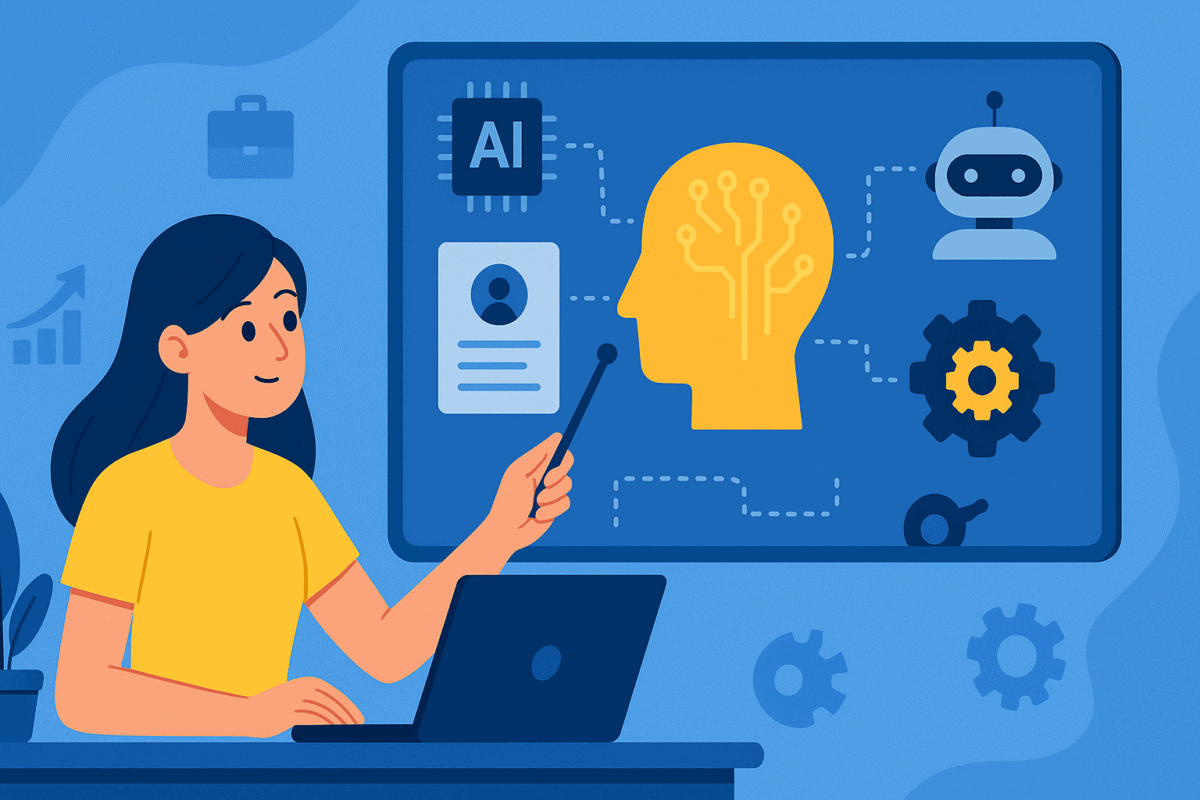
❗ Common Mistakes and Troubleshooting
- Skipping foundational knowledge
- Learning theory without coding practice
- Ignoring basic math
- Not using Git for version control
- Quitting too soon
Project-Specific Issues:
- Unclean or missing data
- Overfitting or underfitting models
- Ignoring evaluation metrics
- Misinterpreting results
Tip: Document all experiments, iterate carefully, and review both preprocessing and hyperparameters.
🚀 Start Your Real AI Learning Journey
The most effective way to learn AI step by step is to start immediately. Begin with our free Python crash course, which provides a strong programming foundation and serves as the first step on your AI roadmap.
👉 Start the free Python crash course
❓ Frequently Asked Questions (FAQ)
1. How do I start learning AI from scratch?
Start with Python, basic math, and small ML projects. Follow a structured AI roadmap.
2. Do I need strong math skills?
Basic algebra, probability, and calculus are sufficient. Build intuition through coding exercises.
3. How long does it take to learn AI?
Beginners: 8–12 months. Programmers: 4–6 months. Consistency matters more than speed.
4. Recommended online courses for beginners?
5. Can I learn AI without coding experience?
Yes. Start with Python and gradually apply skills in projects.
6. Beginner-friendly project ideas?
Spam classifier, movie recommendation system, image classifier, simple chatbot.
7. Is AI a viable career in 2025?
Absolutely. AI roles are expanding rapidly with strong salaries and opportunities.
🌟 Final Thoughts
AI and Machine Learning are transforming industries and careers. By following a structured roadmap, engaging with communities, building real projects, and practicing consistently, anyone can become proficient in AI. Start today, track your progress, and create a portfolio that demonstrates your skills.

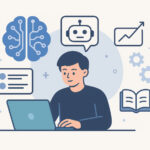
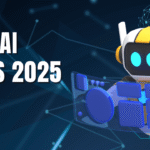
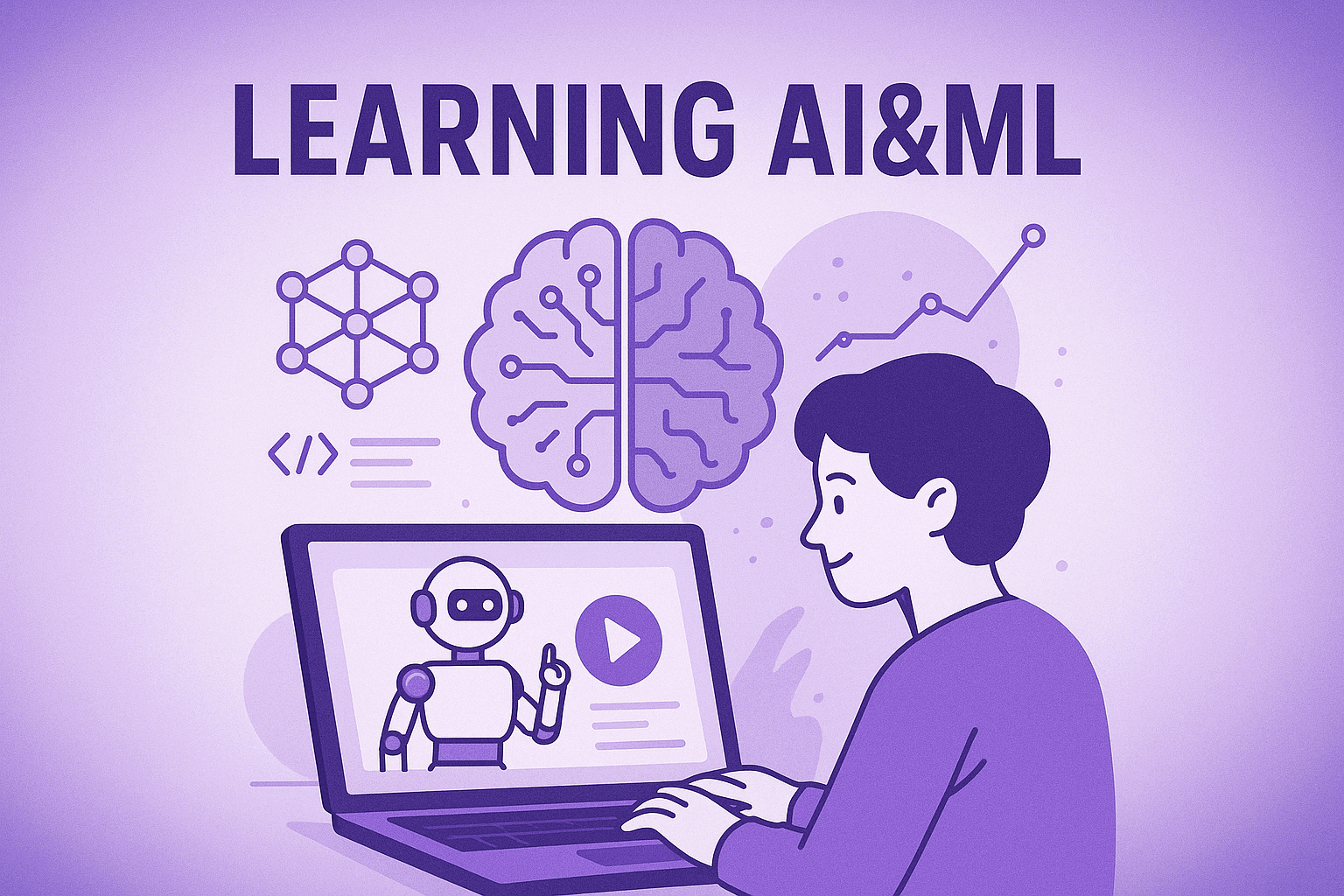
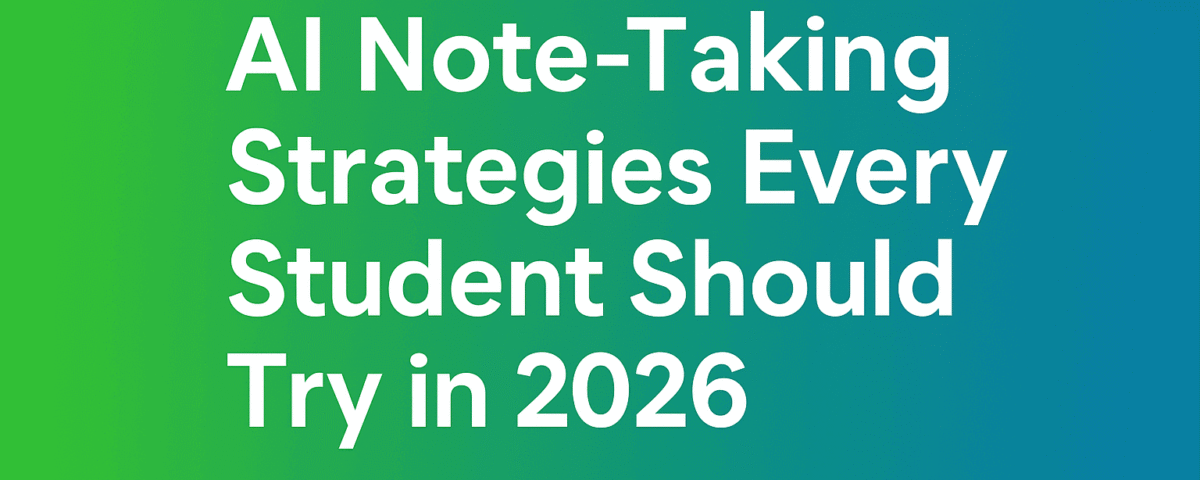



[…] the key: AI helps you think, it does not replace thinking. You still decide what matters, check facts, and write […]
[…] with the Python programming language, then add C/C++ when performance matters. Learn NumPy, pandas, and scikit-learn for Machine Learning on tabular data. Pick one deep learning framework, […]